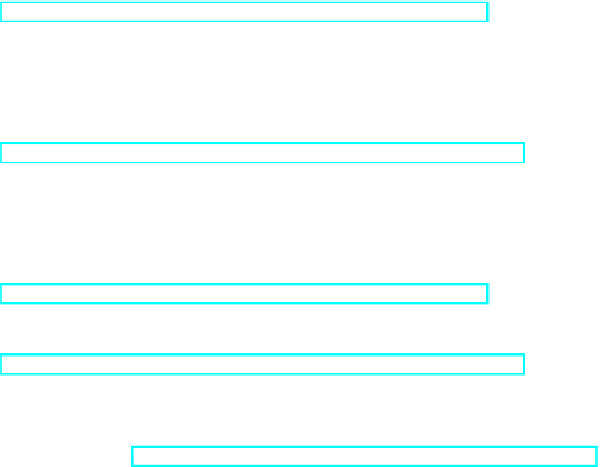Information Technology Reference
In-Depth Information
the out-links are collected passively, i.e., not all out-links can be collected, even
asymptotically.
Much work still remains. The accuracy of the approach can be enhanced by se-
quential sampling methods: in case the collected data may not be representative of
the ego network, we can increase the sample size in a sequential way until the mea-
surements of certain statistics reach a steady state. Furthermore, investigations on
the measurement bias as a function of sample size would be valuable.
References
1. Bar-Yossef, Z., Mashiach, L.T.: Local approximation of pagerank and reverse pagerank.
In: CIKM 2008: Proceeding of the 17th ACM conference on Information and knowledge
management, pp. 279-288. ACM, New York (2008),
http://doi.acm.org/10.1145/1458082.1458122
2. Bharat, K., Chang, B.W., Henzinger, M.R., Ruhl, M.: Who links to whom: Mining link-
age between web sites. In: Proceedings of the IEEE International Conference on Data
Mining (2001)
3. Brin, S., Page, L.: The anatomy of a large-scale hypertextual web search engine. Com-
puter Networks and ISDN Systems 30(1-7), 107-117 (1998),
http://dx.doi.org/10.1016/S0169-75529800110-X
4. Domingos, P.: Mining social networks for viral marketing. IEEE Intelligent Sys-
tems 20(1), 80-82 (2005)
5. Faloutsos, J.L.C.: Sampling from large graphs. In: KDD 2006: Proceedings of the 12th
ACM SIGKDD international conference on Knowledge discovery and data mining, pp.
631-636. ACM, New York (2006),
http://doi.acm.org/10.1145/1150402.1150479
6. Henzinger, M.R., Heydon, A., Mitzenmacher, M., Najork, M.: On near-uniform url sam-
pling. Comput. Netw. 33(1-6), 295-308 (2000),
http://dx.doi.org/10.1016/S1389-12860000055-4
7. Kamvar, S., Haveliwala, T., Manning, C., Golub, G.: Exploiting the block structure of
the web for computing pagerank. Tech. rep. Stanford University (2003)
8. Kleinberg, J.M.: Authoritative sources in a hyperlinked environment. J. ACM 46(5),
604-632 (1999),
http://doi.acm.org/10.1145/324133.324140
9. Latapy, M., Magnien, C.: Complex network measurements: Estimating the relevance of
observed properties, pp. 1660-1668 (2008), doi:10.1109/INFOCOM.2008.227
10. Mislove, A., Marcon, M., Gummadi, K.P., Druschel, P., Bhattacharjee, B.: Measurement
and analysis of online social networks. In: IMC 2007: Proceedings of the 7th ACM
SIGCOMM conference on Internet measurement, pp. 29-42. ACM, New York (2007),
http://doi.acm.org/10.1145/1298306.1298311
11. Newman, M., Watts, D., Strogatz, S.: Random graph models of social networks. Proc.
Natl. Acad. Sci. (to appear) (2002)
12. Newman, M.E.J.: Ego-centered networks and the ripple effect. Social Networks 25(1),
83-95 (2003), doi:10.1016/S0378-8733(02)00039-4
13. Park, H.W.: Hyperlink network analysis: A new method for the study of social structure
on the web. Connections 25(1), 49-61 (2003)
14. Reicheld, F.: The one number you need to grow. Harvard Business Review 81, 47-54
(2003)

